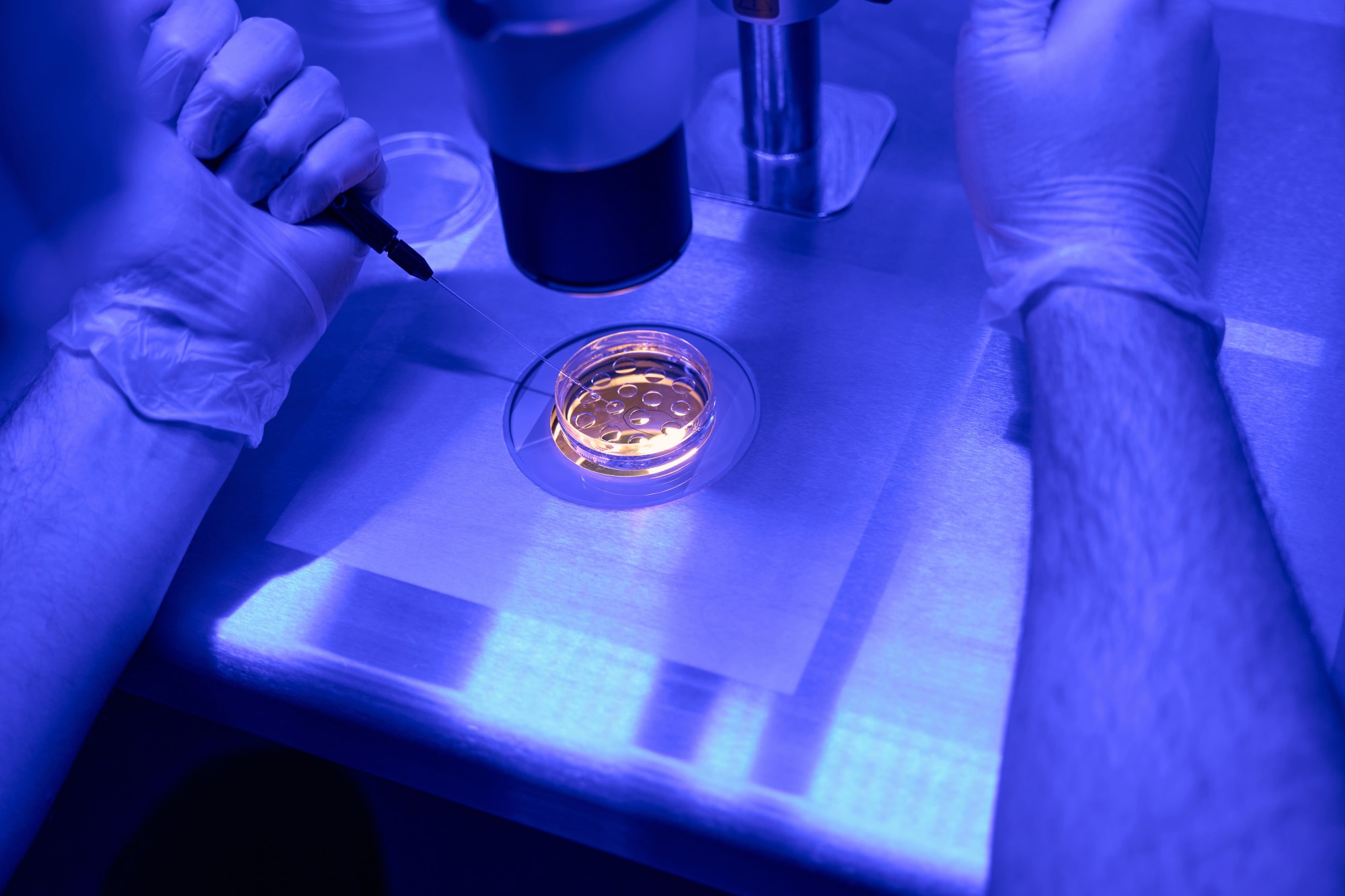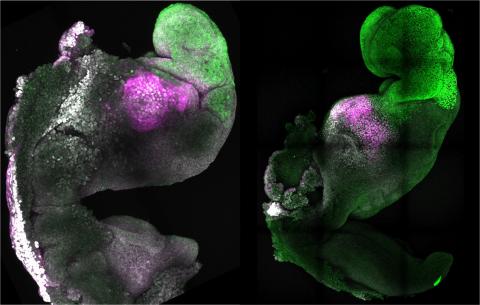Reactions to the news on the creation of synthetic human embryos from stem cells
A scientific team has generated synthetic human embryos using stem cells, reports the British newspaper The Guardian. The authors, who announced the breakthrough at the annual meeting of the International Society for Stem Cell Research in Boston (USA), say the model embryos, similar to those found in the early stages of human development, could be crucial for research into genetic disorders and the causes of miscarriages, according to the newspaper. However, the work also raises ethical and legal issues.

James Briscoe - embriones Guardian EN
James Briscoe
FRS FMedSci, Principal Group Leader – Associate Research Director, The Francis Crick Institute
Without a detailed preprint, or peer reviewed paper to accompany this press report, it is not possible to comment in detail on the scientific significance of this story. More generally, although it is very early days, synthetic models of human embryos based on stem cells have a lot of potential. They could provide fundamental insight into critical stages of human development. These are stages that have been very difficult to study and it’s a time when many pregnancies fail. Fresh insight might lead to a better understanding of the causes of miscarriages and the unique aspects of human development.
They also raise profound ethical and legal questions. Unlike human embryos arising from in vitro fertilisation (IVF), where there is an established legal framework, there are currently no clear regulations governing stem cell derived models of human embryos. There is an urgent need for regulations to provide a framework for the creation and use of stem cell derived models of human embryos.
On the one hand, models of human embryos made of stem cells might offer an ethical and more readily available alternative to the use of IVF derived human embryos. On the other hand, the closer stem cell derived models of human embryos mirror human embryos, the more important it is to have clear regulations and guidelines for how they are used. This itself raises challenges. How will comparisons be made given the difficulty of obtaining and studying human embryos at the appropriate stages.
It is important that research and researchers in this area proceed cautiously, carefully and transparently. The danger is that missteps or unjustified claims will have a chilling effect on the public and policymakers, this would be a major setback for the field.
Alfonso Martínez - embriones Guardian EN
Alfonso Martínez Arias
ICREA research professor senior and researcher in Bioengineering Systems-MELIS at Pompeu Fabra University
There was no information available beyond the press reports – no paper or preprint. Therefore, this work is not yet able to be verified. This may be an important scientific step but again, we need to see the full report and data before we can make those claims.
Roger Sturmey - embriones Guardian EN
Roger Sturmey
Professor of Reproductive Medicine, Hull York Medical School & Senior Research Fellow – Maternal & Fetal Health, University of Manchester
The work reported in The Guardian builds on a steadily growing foundation of research that demonstrates that stem cells can, under very specialised laboratory conditions, be persuaded to form a structure that resembles the embryonic stage called the blastocyst. In normal development, the blastocyst is an important structure as it is around this time that the embryo begins the process of implanting into the uterus and establishing pregnancy. We know remarkably little about this step in human development, but it is a time where many pregnancies are lost, especially in an IVF setting. So, models that can enable us to study this period are urgently needed to help to understand infertility and early pregnancy loss.
Currently, we can say that these ‘synthetic embryos’ share a number of features with blastocysts, but it is important to recognise that the way that synthetic embryos are formed is different to what happens when a normal embryo forms a blastocyst. There is much work to be done to determine the similarities and differences between synthetic embryos and embryos that form from the union of an egg and a sperm. This work from Zernicka-Goetz hasn’t yet been fully appraised by the scientific community, but it does offer exciting prospects to answer these questions and may provide an important tool to study early development while reducing the reliance on human embryos for such research. Given the nature of this work, UK lawyers, ethicists and scientists are presently working to establish a set of voluntary guidelines ensure that research on synthetic embryos is done responsibly.



